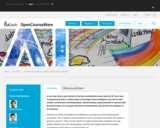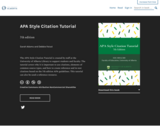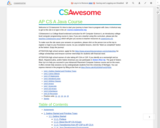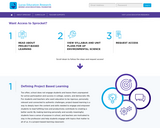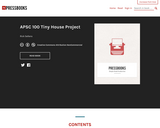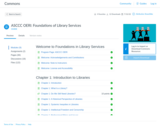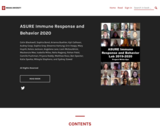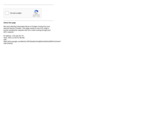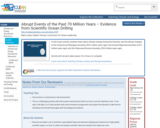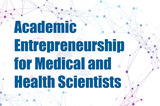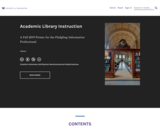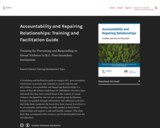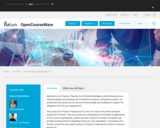
This course, AI in Practice: Preparing for AI, is the 1st course of the online education program AI in Practice. The course gives you a kaleidoscope of examples of applications of AI in various organizations, outlines the state of the art in modern AI research, and provides practical tools for integrating AI into your own organization. The program AI in Practice is built from two initial courses, AI in Practice: Preparing for AI and AI in Practice: Applying AI.
The AI in Practice: Preparing for AI course is designed for people who want to apply AI in their own practical situation.
For the experienced manager who wants to know what AI can do for her own organization.
For the data analyst or business consultant who wants to understand how AI can be applied in the business processes of the company for which they work.
For the student who wants to understand how the results of AI research can be translated into practical applications.
- Subject:
- Applied Science
- Engineering
- Material Type:
- Full Course
- Provider:
- Delft University of Technology
- Author:
- Arie van Deursen
- Hennie Huijgens
- Date Added:
- 12/08/2022


